“Let’s go give the yellow guy some hugs”
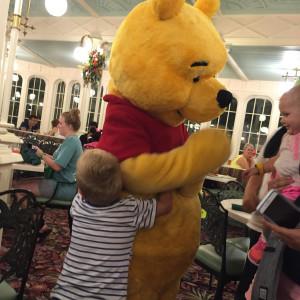 A couple of months ago I was listening to the audio version of Simon Sinek’s 2014 book, Leaders Eat Last while walking on the open space near our home. Sinek introduced me to a different way to think about happiness, leadership, love, and accomplishment by introducing me to the different chemicals in our bodies that serve as the operating system for our motivation / reward system as well as our emotional well-being. These chemicals are endorphins, dopamine, serotonin, and oxytocin. Disney and Pixar captured a similar idea in the blockbuster movie Inside Out where we, through story, see five emotions that guide us every day—joy, sadness, anger, fear, and disgust.
A couple of months ago I was listening to the audio version of Simon Sinek’s 2014 book, Leaders Eat Last while walking on the open space near our home. Sinek introduced me to a different way to think about happiness, leadership, love, and accomplishment by introducing me to the different chemicals in our bodies that serve as the operating system for our motivation / reward system as well as our emotional well-being. These chemicals are endorphins, dopamine, serotonin, and oxytocin. Disney and Pixar captured a similar idea in the blockbuster movie Inside Out where we, through story, see five emotions that guide us every day—joy, sadness, anger, fear, and disgust.
Here is a brief description of each chemical:
- Endorphins: Endorphins are the pain-masking chemical that is released in response to pain and stress. If you are a runner you have had this experience first when you get your “second wind.” Your body gets a reboot of energy and running becomes oh-so pleasurable. This is the “runners high” athletes experience that allows them to exert themselves often beyond what they thought was possible since endorphins, with their chemical make-up similar to morphine, mask the perception of pain.
If you don’t like running there is an easier way to experience endorphins as endorphins are also released through laughter. So there’s probably a bit of science behind the saying, “Laughter is the best medicine.” People go to comedy clubs, not just to be entertained but for the feeling they have after an evening of rollicking laughter. The benefits of a good joke go far beyond the quality of the punch line. Watch the way pastor Joel Osteen always begins his message with joke or a humorous observation. (For those who don’t like Joel you just experienced a little dose of cortisol…but that’s for another post…) Many great communicators do the same thing. They understand the advantage of beginning a talk by helping people feeling good. Apart from the immediate feeling we have after a good laugh there are a number of proven long-range health benefits from a hearty laugh. So today, if we want endorphins we can exercise heartily or go see a Vince Vaughn / Owen Wilson movie.
- Dopamine is a very big and important chemical. It is connected with the anticipation of pleasure or accomplishment along with a pleasurable act or achievement itself. Dopamine produces the feeling we get when we are given a challenging (but do-able) assignment. It may have been the little boost you got when you started reading this article anticipating what you might learn. Dopamine is what drips into our system when we anticipate a pleasurable activity—be it a steak dinner at Elway’s, a Taylor Swift concert, a European vacation, or a romantic weekend getaway. Dopamine is what gets us through a tough or boring day by giving us that little boost when we think, “Oh yeah….tonight I’m going to the Foo Fighters concert with Mike.” Dopamine also creates the feeling we get when we make to-do lists and again when we check the boxes or cross off those items after completion. So there is actually a neurochemical benefit of writing down your vision and goals. Just writing our goals down and looking at them produces a bit of dopamine. We hack the system by breaking goals into milestones and celebrate each mini-goal that is reached. Dopamine is what drives us to get stuff done. No dopamine, no achievement.
Because dopamine is so powerful, it is important to underscore the downside and dark side of dopamine. Dopamine, by its nature, is highly addictive. Shortcuts to receiving huge doses of dopamine come from alcohol, drugs, pornography, and gambling. People who study addiction say that for the gambler the most exciting rush comes not from the winning but from the spinning of the roulette wheel, or the rolling of the dice on the craps table or the moment when the coin is tumbling in the air. Dopamine then, instead of being a powerful chemical for achievement, creates the illusion of achievement through instant gratification.
- In Guardians of the Galaxy the musical group Blue Swede reintroduces a song first recorded by B.J. Thomas in the late 60s called Hooked on a Feeling. Here is the chorus.
I’m hooked on a feeling
I’m high on believing
That you’re in love with me
Although B.J. Thomas did not understand the neurochemistry behind his lyrics, he was perfectly and artistically describing the results of serotonin. Serotonin is produced when we feel admired and loved. “I’m high on believing that you’re in love with.” Serotonin gives us the reflective pride we feel from accomplishment or public recognition. Simon Sinek says this is the reason we have public recognitions ceremonies like the Oscars or commencement exercises.
Serotonin is also produced through giving and expressing gratitude. Little wonder that we get a boost when we give thanks. During public ceremonies it is most common to express thanks to God, to Mom, to a coach, or a supportive friend. Seratonin flows from recognition and we are given a double-dose through giving thanks and helping others. The renowned columnist Ann Landers, would always respond to people who were feeling sorry for themselves, to “go help someone…visit a shut-in…bake cookies for a neighbor, etc.” She may not have understood the chemistry but she did understand that something good happened when we give time and energy to help another.
When Facebook added the “Like” button in mid 2010, it was the single best decision Mark Zuckerberg ever made. The Wall Street Journal calls it “The button that makes Facebook Billions.” They discovered the holy grail…the golden goose that produces unlimited eggs filled with serotonin. Every second around the world the “Like” button is pressed millions of times—each producing a little dose of serotonin—for those who pressed the button and those who received the “Like.” There is a night and day difference between “Poke” (remember that?) and “Like.” How good to you feel when you get 50 “Likes” on a picture you posted of an amazing meal, a beautiful sunset, or a cat bound up in a ball of yarn? Facebook figured out serotonin.
- Oxytocin is released into our bloodstream through physical contact and connection. It is the “bonding” chemical that creates the feeling of oneness and connection. Oxytocin is what mothers gets in huge doses immediately after her baby is born that bonds her with her newborn. Oxytocin may explain why mothers look so joyful when they first hold their babies. Oxytocin is the reason marriage therapist, John Gottman, prescribes a six-second kiss every day as the single best thing to do to maximize the chance at a happy and lasting marriage. Remember from Psych 101 what happened to babies who were provided every physical necessity but deprived of human contact? Kissing, hugging, holding hands or shaking hands validate our very somatic existence. If you are not the hugging type you may want to get a pet…especially a dog (not a cat). Dog’s are incredibly affectionate and are expressive in giving and receiving affection. Harvard studies indicate that having a dog actually helps people live longer. Oxytocin is what produces intimacy and trust. Oxytocin explains why my 3-year old grandson Lincoln, after spotting Winnie the Pooh standing by himself at a Disney character dinner, instinctively said, “Let’s go give the yellow guy some hugs.” We need hugs.
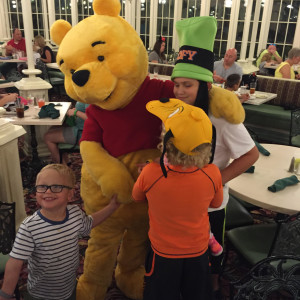 Oxytocin comes not only from touch but also from being part of a family, team or even a company. Sinek calls this the “circle of safety” and it is the duty of leaders to make those under their charge to feel safe inside this circle as together they take on the danger and challenges that lie outside the circle. The leader has earned the right to lead by the sacrifices he or she has made to care for those under his or her charge.
Oxytocin comes not only from touch but also from being part of a family, team or even a company. Sinek calls this the “circle of safety” and it is the duty of leaders to make those under their charge to feel safe inside this circle as together they take on the danger and challenges that lie outside the circle. The leader has earned the right to lead by the sacrifices he or she has made to care for those under his or her charge.
What can we learn from all of this?
First, we can hack our way to happiness by doing those things that invite these chemicals into our lives so every day…
- Exercise to the point of feeling good and laugh heartily—produces endorphins
- Set big goals and do-able milestones and cross something off your list of to dos—produces dopamine
- Reflect on your accomplishments of the day and / or give your time and energy in helping someone else—produces serotonin
- Have and cherish physical contact—a six-second kiss or a recommended 8 hugs per day…or get a dog—produces oxytocin
My mother used to say with a smile, “Everyone needs someone to love, something meaningful to do and something to look forward to.” She may not have known their names but she knew the power of dopamine, serotonin, oxytocin, and endorphins.
Second. If we know these experiences and chemicals are essential for our happiness and well being, then these are also critical to the happiness of those around us at home, work, school or at play. So…
- Exercise and laugh with friends, family, and colleagues
- Help others create vision and goals and recognize them for their baby step accomplishments
- Help someone help another
- “Go give the yellow guy some hugs”
Third. If you are designing online experiences for people, you can take advantage of the hidden power of these happiness chemicals. The “secret sauce” behind every app we habitually use is designed by User Experience (UX) designers who understand what chemicals trigger initial engagement and what keeps people coming back to that app again and again. B.J. Fogg and Nir Eyal have created great many resources on what makes content sticky. “Ought to want to” is not a known chemical. By designing daily experiences that subconsciously activate these four chemicals you maximize the chances of user engagement. Now that you understand more about the happiness chemicals you can understand better the chemistry behind the UX. How can you bake into everything you do a healthy dose of content, challenges, to-dos, progress bars, affirmations, connections and rewards that invite the happiness chemicals into the UX.
Fourth. If you are a leader or pastor, what can you do to create an environment that invites regular doses of endorphins through laughter, dopamine through clear vision, anticipation, goals and celebration, serotonin through recognition, thanksgiving and service and oxytocin by creating a sense of community and safety? Sometimes you just gotta have a yellow guy to hug.
For more information on the happiness chemicals check out:
- Why Leaders Eat Last
- 4 Happiness Chemicals
- 4 chemicals that activate happiness and how to gamify them





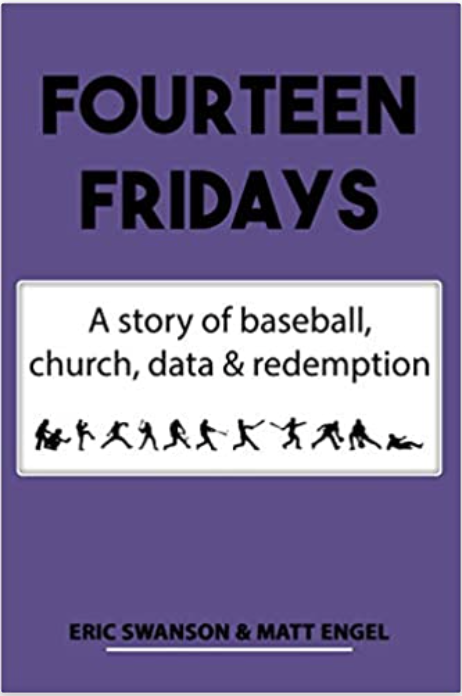
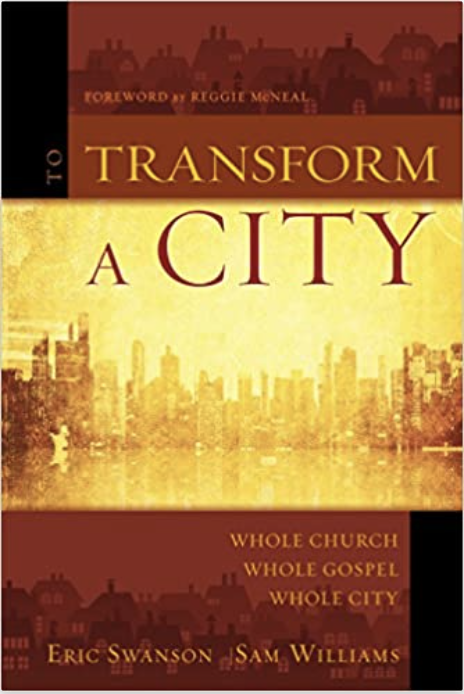
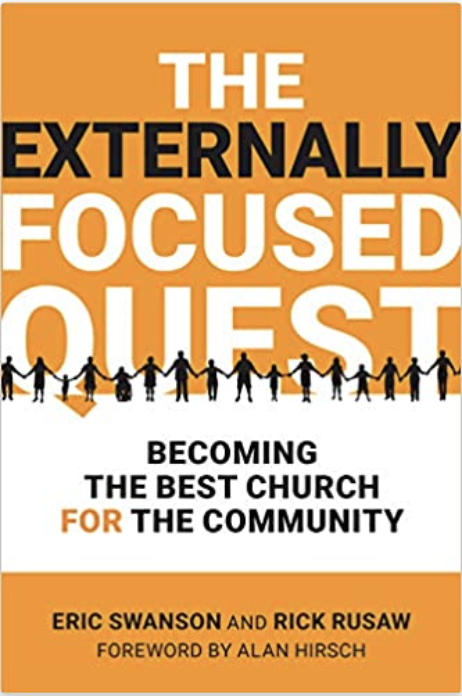

Wow. Those are some great drugs! And awesome applications to get them. Thanks for sharing your findings Eric!
And where do you think Sinek got his phrase “Leaders eat last?” From the military. Sad part, corporations ignore our military’s leadership/followership training models: If there is a leader, become a follower, in the absence of a leader, become a leader.
Very nice article—love!